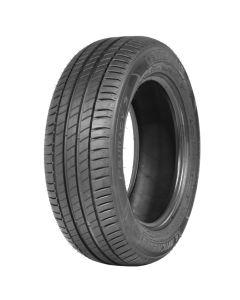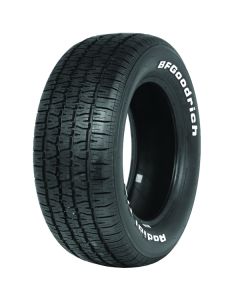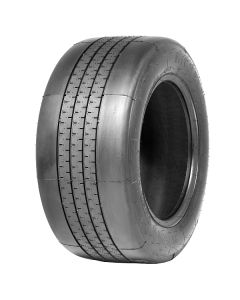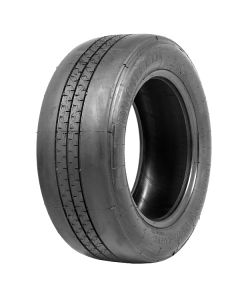TVR S Series Tyres
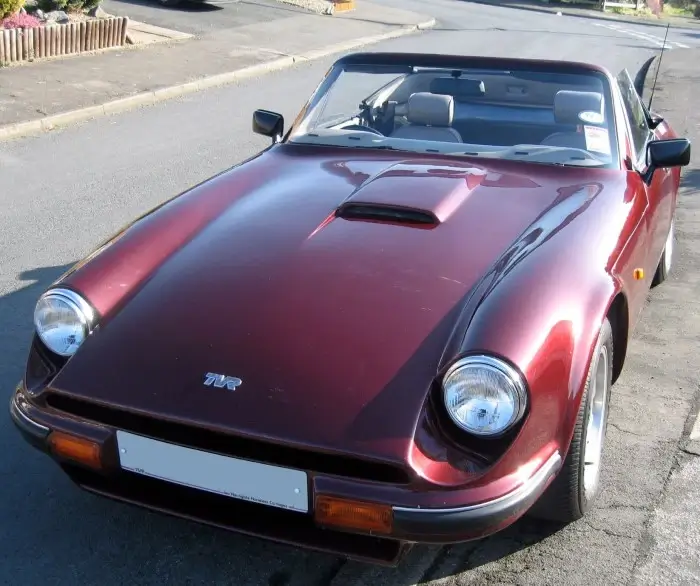
TVR S2
TVR S Series 1986–1994
- The TVR S1 of 1986 came equipped as standard with 205/60 R15 tyres.
- TVR stuck with 205/60 R15 tyres through the S2, S3 into the S4, or S4C as it was also called of 1992.
- Of this size the best tyre available for all the TVR S series cars is the 205/60 WR 15 Michelin Pilot Primacy 3.
- There is also the 18/60 - 15 (215/55 R 15) Michelin TB15+ tyres that would fit an S series TVR.
- The Michelin TB range provides a road-legal motorsport tyre that offers outstanding levels of grip, However if you are planning on using the car on a regular basis, the TB is maybe a bit too much of a race tyre.
- None of these tyres can or should fit innertubes.
- Standard tyre pressures for the TVR S are 21psi front and 24psi rear.
History of the TVR S Series
Built between 1986-1994, the S series was the first major development for Peter Wheeler as head of the company and the turning point in TVR's fortunes. There were 2,604 S series made in total, with 410 of these being the later V8S version. The V6 S-series automobiles were powered by Ford's Cologne V6 in 2.8 L, 160 horsepower (S1) and 2.9 L, 170 hp (S2–S4) configurations. To differentiate them from subsequent models, the early "S" automobiles are sometimes referred to as "S1" Longer doors were fitted on the S3(c) and S4c, while some late S2 vehicles also had them. Catalytic converters were standard on the S3c and S4c. With just 78 licenced and 224 SORN, S1s are becoming increasingly scarce.
The V8S came standard with a 12 hide leather inside, walnut trim, a mohair hood, OZ alloy wheels, driving lamps, power windows, and door mirrors. The V8S is powered by a 4.0 L fuel-injected Rover V8 engine with gas-flowed cylinder heads, a higher lift camshaft, a compression ratio increased to 10:5:1, a reworked manifold, a new engine management system chip, and a limited-slip differential. At 5250 rpm, the result is 240 horsepower.
The V8S differs from the V6 in a number of ways. The bonnet includes a high hump, which was designed to house the Italian-spec supercharger but was carried over to all V8S vehicles. The V8S features a tiny vent facing the windscreen, but the S1 through S3 versions have a vent facing front. The hump on very late S3 and S4 models was completely absent. There is no single period in time when they changed styles, as there is with all TVRs.
The V8S has a significantly wider suspension track thanks to improved wishbones in the front and updated trailing arms in the rear. Disc brakes are installed on all four corners. 0-60 mph could be accomplished in 4.9 seconds, while 0-100 mph could be accomplished in 12.9 seconds. It was quicker than an Aston Martin Virage, a Ferrari Testarossa, a Lotus Esprit Turbo SE, and a Porsche Carrera 2.
The TVR 2-litre V8S was a 2-litre supercharged variant of the V8S designed for the Italian market in response to engine capacity-based automobile taxes. The engine was a modified 3.5 litre Rover V8 with a shorter-throw crank to lower engine capacity, preserving the 88.9 mm bore but with a 40.25 mm stroke. This resulted in a displacement of 1,998 cc and a compression ratio of 8.0:1. A Lucas electronic fuel injection system was installed, as well as an intercooled Eaton supercharger. At 6,200 rpm the engine produced 230 horsepower. Performance was comparable to larger V8s, with a top speed of 144 mph and a 0-62 mph time of 6.5 seconds.




